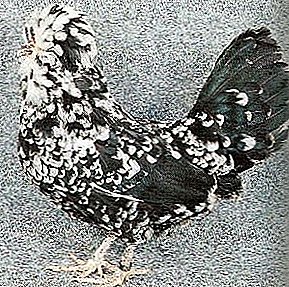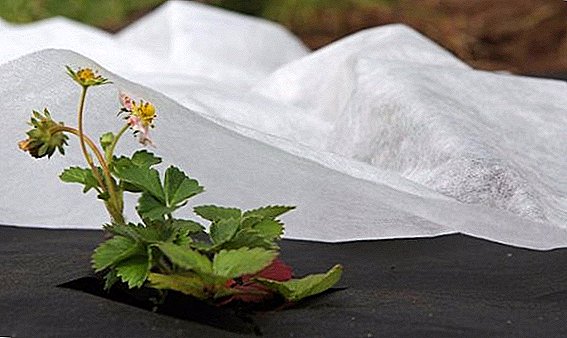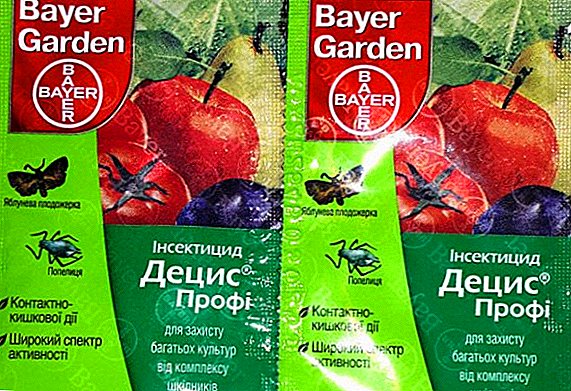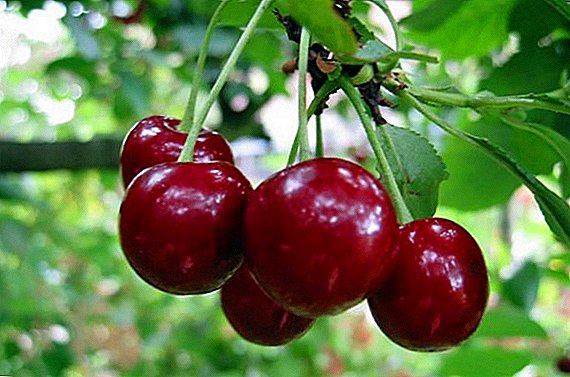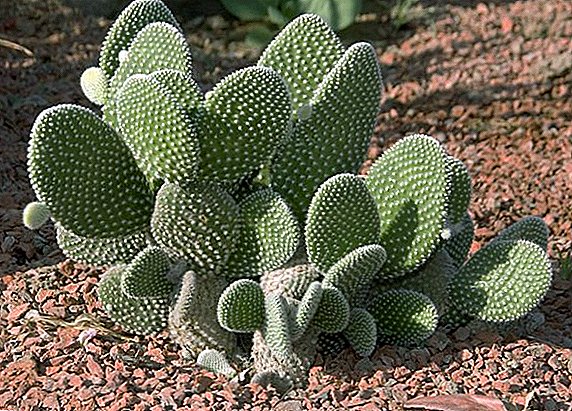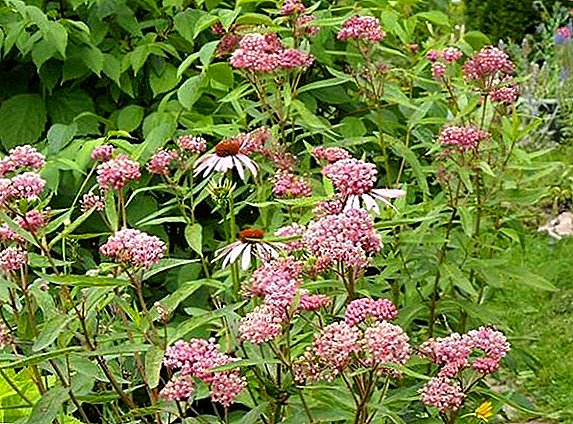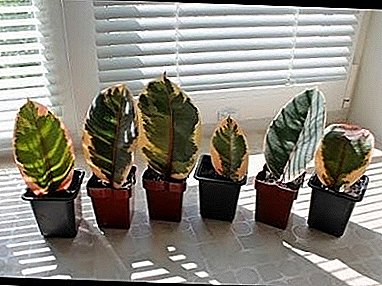
This cultivar (cultivar) variegated ficus obtained by natural mutation in greenhouse conditions.
Distinguishes ficus "Belize" the presence of pink and purple-pink in leaf color.
Leaf plates of this ficus large: up to 23 cm in length and 13 in width, dulled at the base, elongated, pointed to the end.
They are decorated with picturesque strokes of rich green, pale green, light beige and light pink colors.
The central vein appears on both sides of the leaf, has a pronounced purple-pink color.
The plant is very decorative and quite demanding on conditions of detention.
Home care
Lighting
Like all variegated forms, to preserve the brightness and variety of color, this type of ficus requires bright light.
The best will be the maximum illumination provided by windows facing south, southeast or southwest.
Plants are useful "summer vacation" in the open air balcony or area with mandatory protection from the midday sun.
Temperature
The best summer temperature range - from 20 to 25 degrees; winter temperature should not be below 15 degrees
ATTENTION: Drafts, cold floors and cold window sills are contraindicated.
Priming
The optimal soil substrate should be slightly acidic or neutral, quite loose and nutritious.
You can use ready-made soil for ficuses, or mix two parts of sod and leafy soil with one part of coarse sand.
Recommend and this composition:
- turfy, leafy, peaty ground with sand;
- all ingredients in equal quantity.
Planting and transplanting
 The container for landing can be a standard form: (vertical size ranges from a quarter to a third of the height of the plant), with a mandatory drain hole.
The container for landing can be a standard form: (vertical size ranges from a quarter to a third of the height of the plant), with a mandatory drain hole.
Since the stagnation of water is extremely unfavorable, it is better to choose a porous material - a ceramic without a continuous layer of glaze.
At the bottom of the container necessarily have a drainage layer of small pebbles or expanded clay. Over it, as an additional drainage, it is possible to place coarse sand.
During planting, as the soil is filled up, when filling in the voids between the roots, care must be taken not to deepen the root neck of the plant: it must be flush with the ground.
If the plant is high, you need to take care of support for its trunk.
After planting ficus should be watered.
Transfer
Young plants are transplanted annually.and mature specimens once every few years, with a signal for transplantation being the complete weaving of an earthen coma with roots.
Too spacious containers are undesirable: for young rubber figs, the diameter of the new pot should be 2cm more former, and for mature ones - by 6 cm.
Large adult plants are not transplanted, limited to replacing the top layer of earth in the container.
After purchase, in any case, the plant is not transplanted immediately, giving time (from two weeks) on acclimatization to new conditions for him.
Watering
Water is watered in the summer, as a rule, every day and, in any case, at least once every two days with well-settled, soft, not cold water, avoiding stagnant moisture.
Surplus irrigation water that accumulates in the pan, immediately drained.
Frequency of winter watering - from weekly to twice a month: the cooler the wintering is, the less often the watering is.
Air humidity
It is necessary to maintain high humidity, similar to the greenhouse conditions in which this cultivar appeared.
Important: In the summer, daily spraying with soft water at room temperature is mandatory.
In winter, sprayed the less, the lower the wintering temperature.
Top dressing
From spring to autumn, from two to four times a month, fertilizing is carried out alternately with mineral and organic complexes, while ensuring a high nitrogen content.
If wintering is warm, feeding is not stopped. With cool and light content in winter they feed less often.
Growth and pruning
Over-stretching shoots are pruned in late winter or early spring. Remove dry as well as damaged leaves.
A photo
In the photo ficus "Belize":





Breeding
IMPORTANT: Ficus "Belize" is propagated exclusively vegetatively, as only with this method the specific color of the leaves is preserved.
Reproduction by cuttings
Use spring and summer cuttings: apical length 10-15cm, as well as stem with several leaves.
The lower leaves are removed, and the rest are wrapped in a not too tight tube and fixed in this state in order to reduce evaporation through the surface of the leaf plate.
Planted cuttings are planted in the soil substrate of equal amounts of perlite, or coarse sand and peat, covered with plastic wrap.
Tip: Contain at temperature 22-24 degreesair and moisturize.
After the formation of the roots and the emergence of new shoots (about a month, sometimes longer) the cuttings are seated in separate containers with the usual soil mixture for ficuses.
Reproduction by air layouts
 Before the beginning of the growing season, at the end of winter, on a semi-woody or fully woody shoot they make an incision, wrap this area with a wet sphagnum, cover it with a plastic film and fix.
Before the beginning of the growing season, at the end of winter, on a semi-woody or fully woody shoot they make an incision, wrap this area with a wet sphagnum, cover it with a plastic film and fix.
Moss should be constantly wet.
In a month, as a rule, roots germinating through sphagnum appear.
Then, separating the top of the shoot, together with the sphagnum and the resulting root system, they plant it in a pot with a standard soil mixture.
Signs of trouble
Ficus sheds leaves - The result of frequent changes, changes in light, drafts, as well as temperature and humidity fluctuations.
The same can be observed in a newly purchased plant that is experiencing stress due to a sharp change in conditions of detention.
Diseases and pests
Care errorsFirst of all, the stagnation of water and excessively humid air, combined with low temperature, lead to a weakening of the plant and its defeat by fungal infections, in particular, gray rot.
In this case, you need to optimize watering, spraying, temperature and process ficus with fungicides.
Yellow spots with drying areas in the center - also the result of fungal infection.
The treatment is carried out with fungicides (for example, Bordeaux liquid).
Ficus "Belize" can attack the mealybug and scarecrow.
As a first measure, use pest removal using a cotton wool moistened in alcohol, but The most effective remedy for pests is systemic insecticides.
Rubber plant "Belize" in room culture it is highly demanding, but, with sufficient provision of heat, light and moisture, it develops well, unfolding unusually picturesque leaves, on which, it seems, the expressionist artist, a lover of bold strokes in green-white-pink tones, worked.
Video appearance ficus "Belize":



